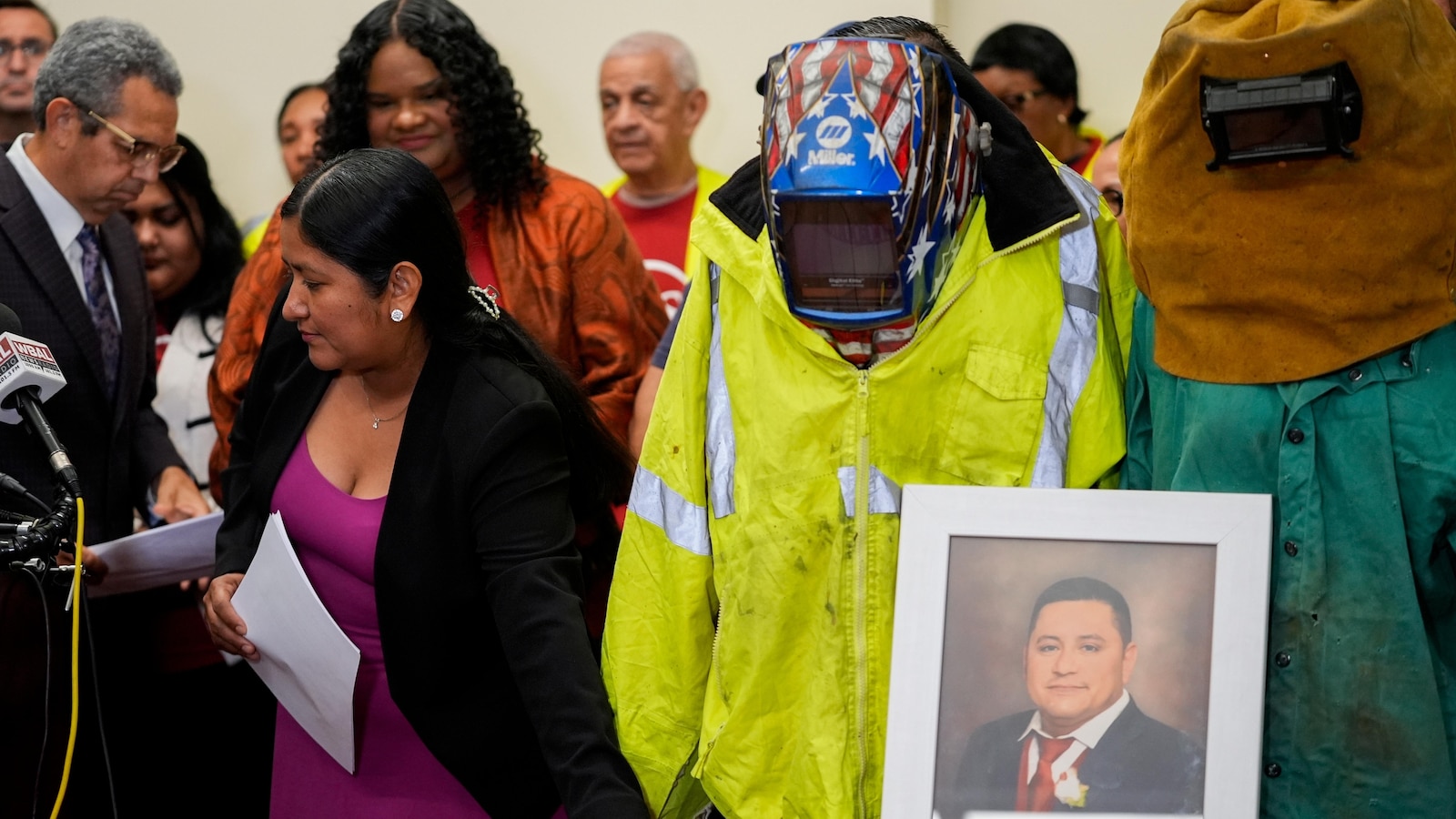
GREAT BEND, Kan. — More than 44 years after a nursing student was slain in her trailer home in central Kansas, her former neighbor has been sentenced to 10 to 25 years in prison for killing her.
The investigation into the Jan. 24, 1980, shooting death of Mary Robin Walter, 23, of Great Bend, had gone cold until 2022, when a detective persuaded Barton County Sheriff Brian Bellendir to reopen the case and use technology and techniques that weren’t available at the time.
The new evidence pointed to Steven L. Hanks, who was 25 at the time and had been a suspect early on. The Kansas Attorney General’s Office said in a statement Friday that it was Hanks’ admission in new interviews that allowed authorities to charge him in 2022, when he was living in Burden, Kansas.
Hanks, now 70, got his sentence for second-degree murder Thursday. His plea agreement in August called for not less than 5 years and not more than 25 years. But Barton County District Court Judge Steve Johnson on Thursday departed upward from the plea agreement and sentenced Hanks to not less than 10 years and not more than 25 years.
The sheriff said they believe it is the oldest cold case in Kansas to be solved and result in a conviction.
“It bothers me that many of the people who were so affected by this tragic crime have since passed away prior to bringing the suspect to justice,” Bellendir said in a statement Friday. “I consider myself fortunate that I had the resources and the diligent personnel to close this case. The credit for solving this homicide goes to the dedicated officers that had the tenacity to bring it to a conviction.”
Walter was a wife, mother and nursing school student when she was shot multiple times. Police found a .22-caliber handgun at the scene and confirmed it was the murder weapon. According to the sheriff, nobody had actively investigated the case since at least 1982 until they reopened it, the Wichita Eagle reported.
Sgt. Detective Adam Hales and Lt. David Paden re-interviewed Hanks, a neighbor of Walter at the time, and a previous suspect. In his interviews, Hanks admitted to killing Walter, the attorney general’s office said. The prosecutor, Associate Deputy Attorney General Jessica Domme, thanked them for their diligence,
“Robin’s killer was finally brought to justice because of their dedication and commitment to this cold case,” Domme said in the statement.
Hanks spent time in prison for another crime. He was arrested in 1981 and charged with rape, battery, robbery and burglary. He was sentenced in 1983 and discharged in 1993, according to the Kansas Department of Corrections.
The statements from the sheriff and attorney general’s office, and online court records, don’t say whether Hanks ever revealed his motive for killing Walter. The sheriff’s office said Bellendir was not available for comment Saturday. Officials with the attorney general’s office and Hanks’ attorney did not immediately respond to requests for comment from The Associated Press on Saturday.
A man has been sentenced for the 1980 murder of his former neighbor in a Kansas cold case that remained unsolved for 44 years. The case, which had long been considered a mystery in the small town of Topeka, finally saw justice served as the perpetrator was brought to trial and convicted for his heinous crime.
The victim, a 35-year-old woman named Sarah Johnson, was found brutally murdered in her home in Topeka in 1980. Despite an extensive investigation at the time, no suspect was ever identified and the case eventually went cold. However, in recent years, advancements in forensic technology allowed investigators to reexamine the evidence and ultimately link the crime to the perpetrator.
The man, who was identified as Johnson’s former neighbor, was arrested and charged with her murder after DNA evidence placed him at the scene of the crime. During the trial, witnesses testified to seeing the man near Johnson’s home on the night of her murder, providing further incriminating evidence against him.
After a lengthy legal process, the man was finally convicted of first-degree murder and sentenced to life in prison without the possibility of parole. The sentencing brought closure to Johnson’s family and friends, who had long awaited justice for her senseless death.
The case serves as a reminder of the importance of never giving up on cold cases, no matter how much time has passed. With advancements in forensic technology and dedicated investigators, even the oldest cases can be solved and perpetrators brought to justice.
In conclusion, the sentencing of the man for the 1980 murder of his former neighbor in Kansas is a testament to the perseverance and dedication of law enforcement officials in seeking justice for victims and their families. While it may have taken 44 years to solve this cold case, the outcome serves as a reminder that justice can prevail no matter how much time has passed.


